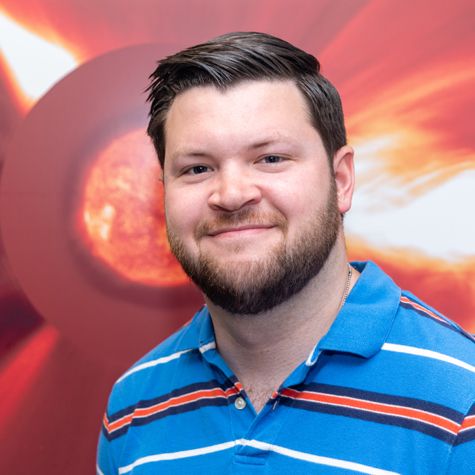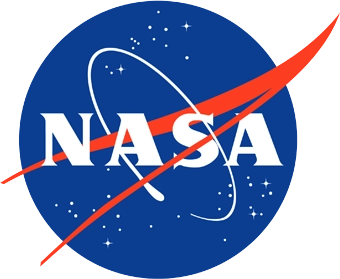Early Career Scientist Spotlight
Dr. Ross Silver (he/him)
Astrophysicist
Astrophysics Science Division (660)
What is your research focus?
My research focuses on active galactic nuclei (AGN). These are supermassive black holes (SMBH) with masses ranging from a million to a billion times the mass of our Sun, and are surrounded by an accretion disk of gas that allows them to emit light throughout the entire electromagnetic spectrum. I primarily focus my attention on studying AGN with X-ray data taken by many different space telescopes. I use these X-ray data to study the gas and dust surrounding the central SMBH on parsec scales known as the torus. I am most interested in the sources with the largest column densities (i.e., they have the densest tori), which we call Compton-thick AGN (CT-AGN). These sources are crucial to understanding the cosmic X-ray background (CXB), or the diffuse X-ray emission that permeates the entire sky from ~1-300 keV. It is believed that the CXB is almost entirely caused by unresolved X-ray sources. Most of it has been resolved into point sources up to ~10 keV; however, the peak of the CXB (~30 keV) remains largely unresolved. It is believed that CT-AGN are the most likely source of the CXB at this energy because they emit heavily in this band and with a spectral shape that matches that of the CXB. Thus, my work focuses on discovering these crucial sources.
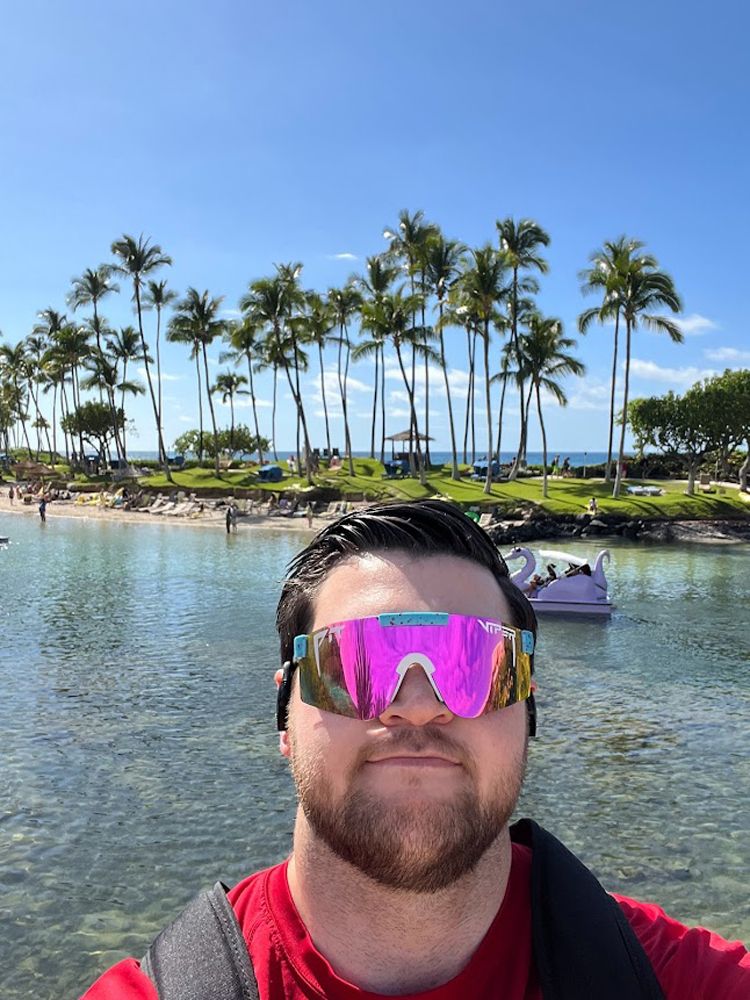
Credit: Ross Silver
What do you enjoy the most about your job?
I love how in only a few months here at NASA, I have already joined many different collaborations that have allowed me to join three different proposals and one paper. When I was in grad school, my work was constrained to the specific research projects being carried out by my group. But now, I can use the expertise I’ve gained through my graduate studies to contribute to new projects in different fields. It feels like every day when I come into work, I meet someone new. This is an experience unique to NASA due to its large campus and the diversity of work that takes place here. I’m excited to see all the new opportunities for collaborations and relationships that I’ll have at NASA.

Credit: Ross Silver
What science question intrigues you the most?
As I mentioned above, the peak of the CXB emission is believed to be primarily created by CT-AGN. However, the amount of CT-AGN needed to reproduce the CXB is far greater than the amount of CT-AGN that have been detected thus far. Additionally, scientists have created models that predict how many AGN much exist with each level of obscuration. These models also predict a much greater fraction of CT-AGN (~50%) than has currently been observed (~10%). In essence, we have strong reasons to believe these CT-AGN must exist in far greater numbers than we know of so far, but we have great difficulties finding them. I am most interested in trying to resolve this discrepancy.
Tell us about one project of yours that has been particularly impactful in your field.
My PhD dissertation centered around a machine-learning algorithm I created to predict the column density of AGN by using data from the X-rays and infrared. Normally to obtain accurate measurements of the column density, you need to obtain a lot of data. This can be a time- and money-intensive process that usually requires multiple rounds of telescope proposals. My algorithm allows us the ability to find reliable CT-AGN candidates in a fraction of the amount of time and effort it would normally take. This enables us to search through large samples of sources at once and hopefully discover the missing CT-AGN.
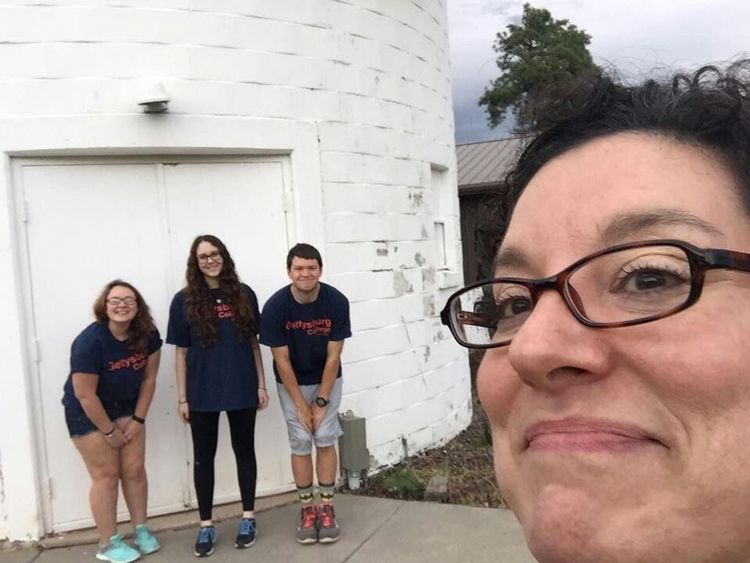
Credit: Jacquelynne Milingo
What is one thing you wish everyone knew about your particular field of science?
I think most people tend to think the light we see is all the light that exists. I wish that people knew about the entire electromagnetic spectrum and that visible light is only a very small part! Then, we could teach them that every different kind of light can be used to teach us different things about every kind of astronomical object. Take AGN for example. In order to fully understand how AGN work, we need to obtain data from the radio, infrared, optical, X-ray, and even gamma-rays! I think understanding this would give people a better appreciation of all that our community has achieved due to the great efforts of so many different people from instrument design and construction all the way through to data reprocessing and analysis.
If you were to expand your current research focus, what new topics would you explore?
One way that I have expanded my research since coming to NASA is by working on surveys. In grad school, I primarily worked on single sources that I obtained through observations designed to analyze that specific source. Now at NASA, I am working a little backwards. Instead of finding an interesting source and then pointing the telescope there, I’m pointing the telescope over a large area of the sky and then finding interesting sources within. Surveys are a great tool in astronomy that allow us to study many different sources at once and learn about entire populations of source classes. This is particularly helpful when we are looking for sources that are difficult to find like CT-AGN!
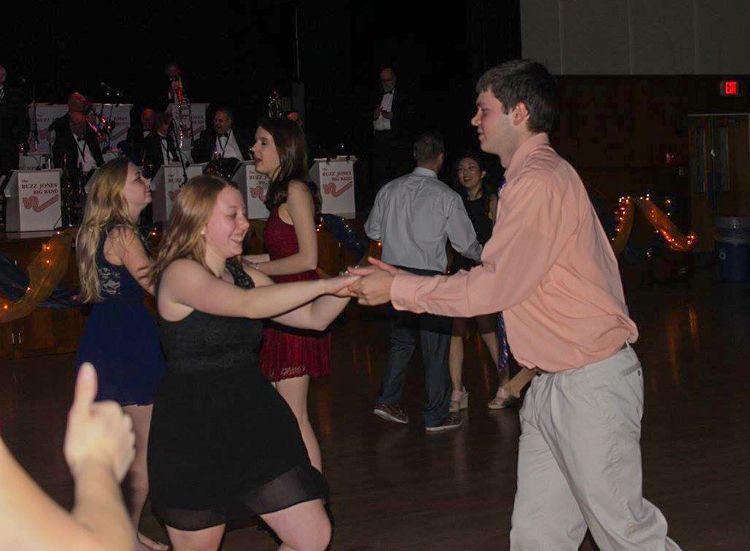
Credit: Ross Silver
What is a fun fact about you?
Something you wouldn’t know about me is that I love to dance. When I attended Gettysburg College, one of my friends persuaded me to come with her to a swing dance club meeting and I loved it! I went back almost every week and learned so much that I became Co-President of the club during my senior year. This meant that I got to teach everyone at the school how to swing at our big Swing Dance that we had once a semester. I continued this passion for dancing into grad school when I took leisure classes at Clemson University for salsa dancing and shag dancing. I am always looking for new clubs to join and new dance styles to learn.

Credit: Penelope Romo
Biography
Home Town:
Reisterstown, MD
Undergraduate Degree:
B.S. Physics, Gettysburg College (Pennsylvania)
Post-graduate Degrees:
Ph.D. Physics, Clemson University (South Carolina)
